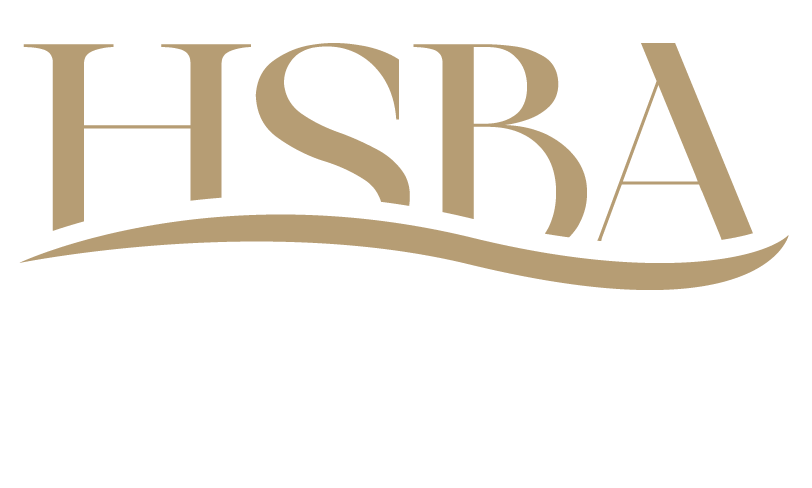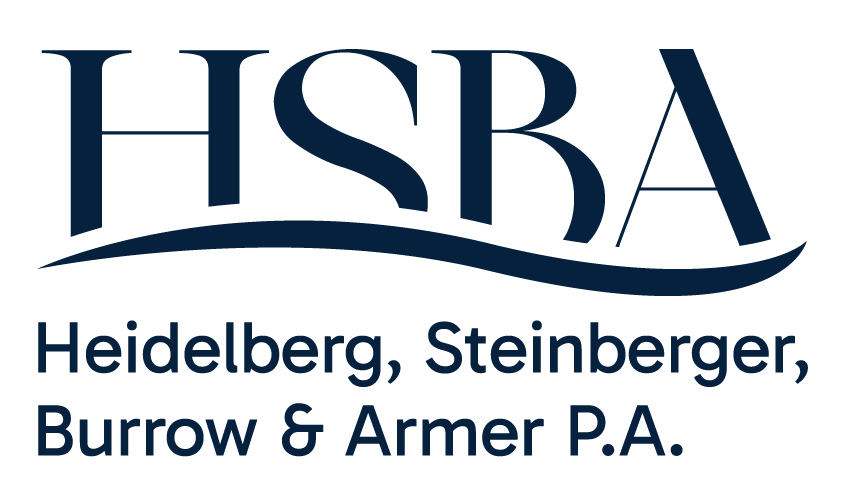The federal CARES Act was signed into law on Friday, March 27, 2020. The Act contains several provisions which prevent eviction of residential tenants for a one-hundred twenty (120) day period. Depending on whether the property is single residential or multifamily property, some or all of this period comes with a forbearance of mortgage payments for the landlord.
Under § 4024 of the Act, the eviction “Moratorium Period” begins March 27, 2020 and ends on July 26, 2020. During this Period the landlord of a “covered dwelling” cannot initiate legal action to recover possession of the “covered dwelling” from the tenant due to nonpayment of rent. The landlord also cannot impose any fees, penalties or other charges on a tenant for late payment of rent. The landlord must wait out the Moratorium Period to collect rent and to give at least a thirty (30) day Notice to Vacate for non-payment. Added together, if the tenant stops paying rent, it will be at least one-hundred eighty (180) days before the landlord could acquire a rent paying tenant. If the tenant violates other material aspects of the lease agreement unrelated to the payment of rent, a landlord may initiate an eviction proceeding immediately.
At the end of the Moratorium, likely, tenants will owe back rent for the last one-hundred twenty (120) days. There is no provision waiving the rent payments permanently. The legislation appears to just kick the proverbial rent can down the road until July 26, 2020. Landlords and tenants will have to come to new terms regarding arrears – but the calamity waiting at the end of the Moratorium Period is staggering.
The eviction Moratorium applies to a landlord with tenants living in a “covered dwelling” located upon a “covered property”. The term “covered dwelling” means property (apartment building, nursing home, group home, seasonal facility, residential facility, mobile home, trailer park, condominiums and single family homes) occupied by tenant pursuant to a residential lease or even without a lease or a lease that is terminable under State law. This is broad coverage sweeps up just about every residential lease imaginable. But for the eviction Moratorium to apply, the dwelling must also be located upon “Covered property”.
Federal law only applies to a landlord-tenant relationship if there is some aspect of the relationship that touches interstate commerce or another area of federal jurisdiction. To push the reach of the Moratorium, “Covered Property” was defined as property that participates in a federal housing programs such as § 41411(a) of the Violence Against Women Act of 1994, or, § 542 of the 1949 Housing Act (rural housing voucher program). “Covered Property” is also defined as property pledged as security for a “Federally backed mortgage loan.” A “Federally backed mortgage loan” is any loan made through 1) Federal Housing Administration or the National Housing Act, or, 2) guaranteed under Housing and Community Development Act, the Department of Veterans Affairs (“VA loan”), or, the Department of Agriculture (“SBA loan”), or, 3) purchased or securitized by the Federal Home Loan Mortgage Corporation (“Freddie Mac”) or the Federal National Mortgage Association (“Fannie Mae”). By including any loan that has been resold in the secondary market (Freddie Mac and Fannie Mae loans), the Moratorium will cover just about every piece of property upon which there is a mortgage securing the loan. To determine if your property is covered by Freddie Mac click here https://tinyurl.com/td2qh52 or Fannie Mae, click here https://tinyurl.com/chmro9e.
The upshot of the CARES Act is that if any landlord had not already executed an eviction order before March 27, 2020, then any tenant may continue to occupy the property during the Moratorium Period without paying rent.
The CARES Act also gave landlords (any mortgagee really) a break too. §§ 4022 and 4023 provide the forbearance of payments from all borrowers of a “Federally backed mortgage loan”. To obtain a forbearance, the single-family borrower must attest (state under penalty of perjury) to his loan servicer that the borrower is experiencing financial hardship due to the Coronavirus. For any tenant-occupied property for which the tenant is not paying rent, the hardship is crystal clear. The borrower may forbear mortgage payments for one hundred eighty (180) days initially. The borrower may extend that period another one hundred eighty (180) days as long as a second forbearance request is made within the first one hundred eighty (180) day period. During forbearance, interest at the non-default rate continues to accrue. But no payments, penalties, fees, or, costs may be imposed upon the borrower. Also, if the loan was in default before March 27, 2020, the mortgage holder may not initiate foreclosure or post-foreclosure eviction until after May 19, 2020.
If the mortgage covers multi-family property (apartments, trailer parks, condo’s) then the borrower experiencing COVID-19 related hardship, who was current on its loan as of February 1, 2020, may make an oral or written (not attested) forbearance request. The hardship must be documented by the borrower and the initial forbearance period is thirty (30) days. The borrower can extend for two (2) additional thirty (30) day periods if a request is made at least fifteen (15) days prior to the end of the previous forbearance period. This allows a total of ninety (90) days of forbearance. Interest on the loan continues to accrue. During the forbearance period, the borrower may not initiate eviction solely for non-payment of rent.
Considering a tenant’s rent is abated under § 4024, the eviction protection for a multi-family property loan is largely pointless. Certainly, the tenant faces a daunting prospect of curing his rent arrears on July 26, 2020. If not cured, the landlord must give the tenant another thirty (30) day Notice to Vacate. The landlord of the multi-family property faces any earlier mortgage payment on June 26, 2020 not matched with tenants’ rent. The landlord will not see a rental payment for another sixty (60) days at a minimum (following the last thirty (30) days of the Moratorium plus the Notice to Vacate period). But, a borrower only has to pick up making regular payments – with a higher principal for accrued rent – while the tenant must cure all arrears.
A copy of the current legislation can be found here – the small business provisions are located in Subtitle A, Title IV – Coronavirus Economic Stabilization Act of 2020. If we can answer any questions on rent or mortgage payments or begin planning for other options at the end of these periods, please let us know. Stay safe, stay distant, and keep faith in these turbulent times.


